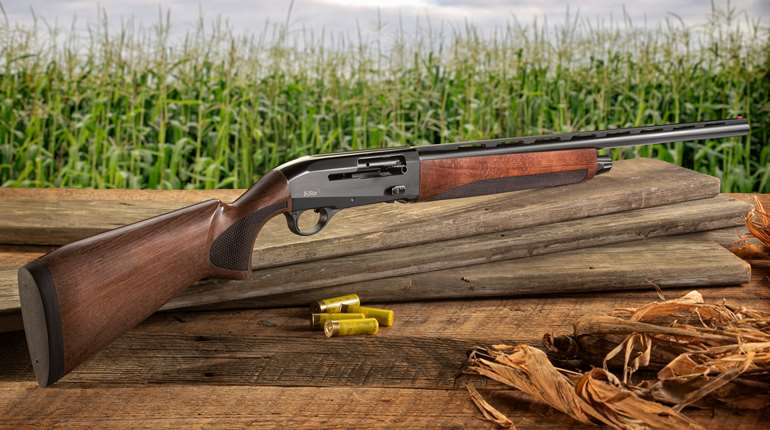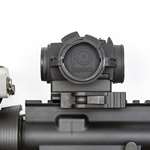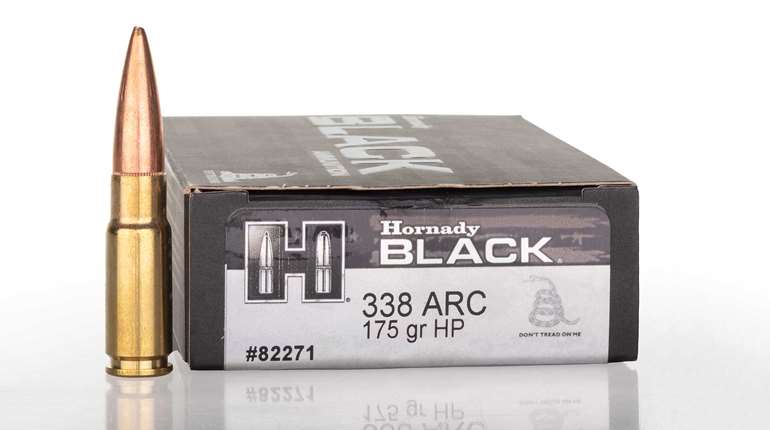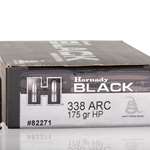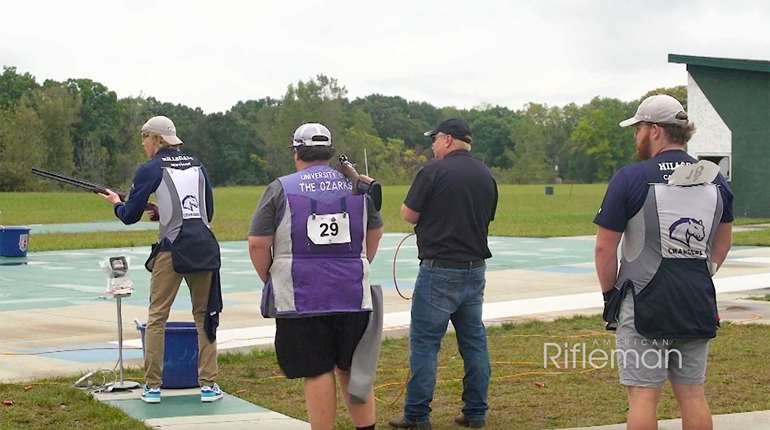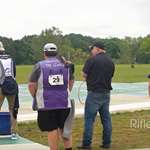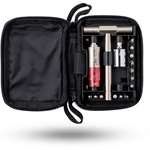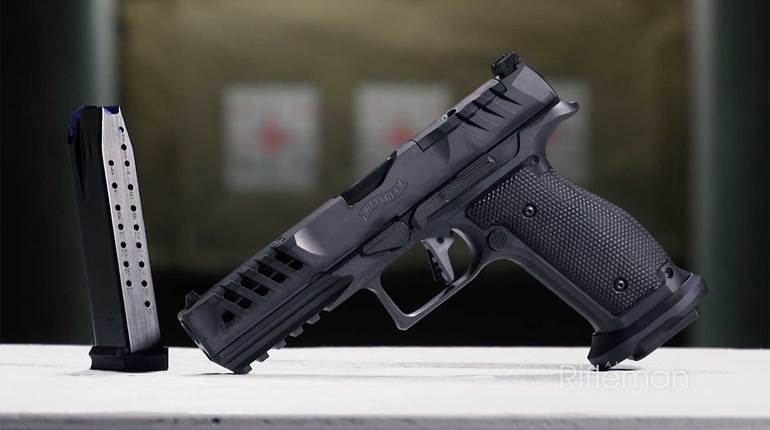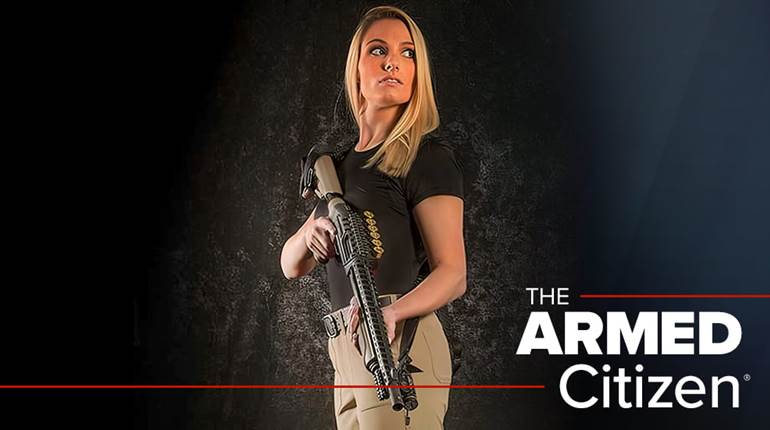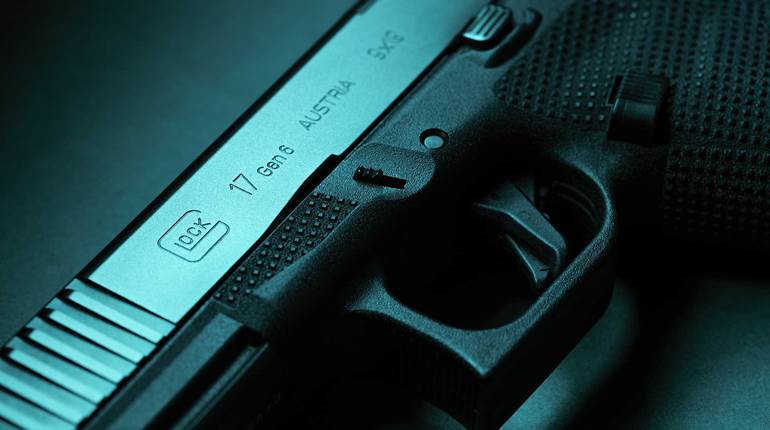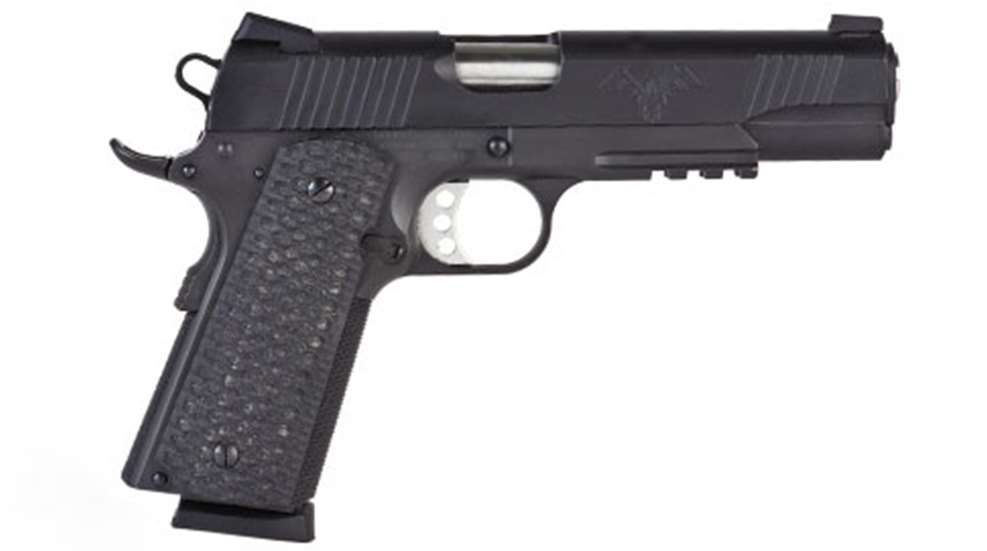
You can never have too many guns-especially 1911s. You might dismiss it as just my opinion. Regardless, judging by the number of manufacturers currently producing facsimiles of John Browning's masterpiece, it's safe to say quite a few people are of like mind.
The latest company on the 1911 bandwagon is DoubleStar Corporation-a well-known manufacturer of high-quality AR-15-style rifles and accessories. It took four years, but the company succeeded in producing much more than a clone. The DoubleStar 1911 delivers match-grade performance, without the high cost commonly associated with custom 1911s.
Both slide and frame are matte parkerized, comprised from steel forgings for optimum strength and accuracy. The ejection port is lowered and scalloped at the rear to improve reliability. The DoubleStar logo, a winged dragon, is located on the other side, between the slide's front serration and ejection port. Its 5-inch, stainless-steel, National Match barrel displayed excellent support: pushing up on the edge of the barrel with the pistol in partial battery produced no perceivable vertical play. The fit suggested the unramped barrel should produce decent accuracy, despite its unsupported chamber. Both the feed ramp and barrel's throat appeared to be nicely polished for added reliability.
The pistol utilizes a traditional recoil spring/guide and plunger arrangement as opposed to the full-length guide rods commonly found in most of today's custom 1911s. The absence suggests shooters will be able to field-strip this 1911 without the need of special tools. Additionally, no guide rod enables a shooter to cycle the action by placing the knurled end of the plunger against a solid object and pushing-a useful malfunction clearing technique when practicing one-handed shooting.
Several features on the DoubleStar 1911 focus on creating an optimum firing grip for the shooter, including composite stocks, 25 lpi checkering on the pistol's frontstrap and flat mainspring housing, an Ed Brown beaver-tail grip safety and relief cuts directly under the trigger guard. The last two features enable the shooter to grip the pistol high to better manage recoil and ease-of-handling, while adding to the overall comfort. That combination is essential in producing a self-defense handgun capable of fast deployment and sufficient accuracy.
A single-sided thumb safety with a wide paddle provides positive purchase and a ledge for the shooter's thumb. A welcome feature for some, shooting with your thumb atop the paddle-commonly referred to as "shooting high thumb"-not only keeps the safety down, it helps counter muzzle flip.
Both the hammer and trigger are skeletonized, a process that reduces mass, which aids in a crisp, light trigger pull. In this case, the DoubleStar proved no exception. Its pull was crisp and pleasant, measuring slightly more than 4 pounds with minimal take-up. A Greider Precision Match Trigger also has a set screw to adjust overtravel.
This pistol also contains a three-slot integral 1913 rail machined into its dustcover. The DoubleStar 1911 could easily serve a variety of functions including concealed carry, or a dedicated handgun for your bedroom/ vehicle. Some may not consider an accessory rail a desirable feature on a carry gun due to such things as altered balance, increased weight and reduced holster selection. I, however, don't share the opinion. As a byproduct of my physical disability, my daily carry pistol is very similar to this railed 1911. Also, I can tell you from experience, accessory-railed handguns are just as easy to carry concealed-with a light attached-as those without rails. The added weight is perfectly placed beneath the muzzle to serve in lessening muzzle flip. Additionally, use of a handgun-mounted light aids shooters by allowing them to draw pistol and light-as one simultaneous unit. The result is a free hand, which could prove quite advantageous at times of crisis for opening doors, gathering your family, locking the door to your safe room and using a cell phone to call the police.
At 25 yards, accuracy testing from a bench was as expected. Groups were quite large, ranging from 3 to 4½ inches. The smallest group came was from Hornaday 230-grain TAP. Nonetheless, the accessory rail and combat sights on this pistol suggest it was intended to be used for self-defense, which typically involves shooting quickly at short distances. With that in mind, I decided to conduct the majority of accuracy testing at 7 yards. Naturally, group size shrank considerably, however bullet weight played a major factor. The pistol displayed an affinity toward heavier-weight bullets and higher velocities, both at 7 and 25 yards. Concerning reliability, one malfunction occurred during testing. The slide failed to lock on the last round and the magazine became stuck in the pistol. Nonetheless, after several minutes and a substantial amount of elbow grease the magazine eventually came free and went on to behave hiccup free.
For 1911 fans looking for custom pistol performance on a less-than-grandiose budget, consider DoubleStar's 1911. It offers all the high-end features commonly seen on pedigreed pistols, at a fraction of the price. You can never have too many 1911s, and in this case shooters will definitely be getting more bang for their buck.
Manufacturer: DoubleStar, (859) 745-1757, Star15.com
Action Type: Recoil operated semi-automatic
Caliber: .45 ACP
Capacity: 8+1
Frame: Forged steel, checkered front strap
Slide: 71⁄2 inch forged carbon steel
Finish: Parkerized
Barrel Length: 5 inches
Rifling: 6 grooves, 1:16-inch RH twist
Grips: Black G-10 with golf ball-like texture
Magazine: Novak, 8 rounds
Sights: Novak LoMount, 3-dot configuration
Trigger Pull Weight: 4 pounds, 2 ounces
Length: 83⁄4 inches
Width: 3⁄4 inches
Height: 51⁄2 inches
Weight: 38 ounces unloaded
Accessories: Logo-embroidered 5.11 nylon soft case, 1 Novak 8-round magazine and trigger lock















